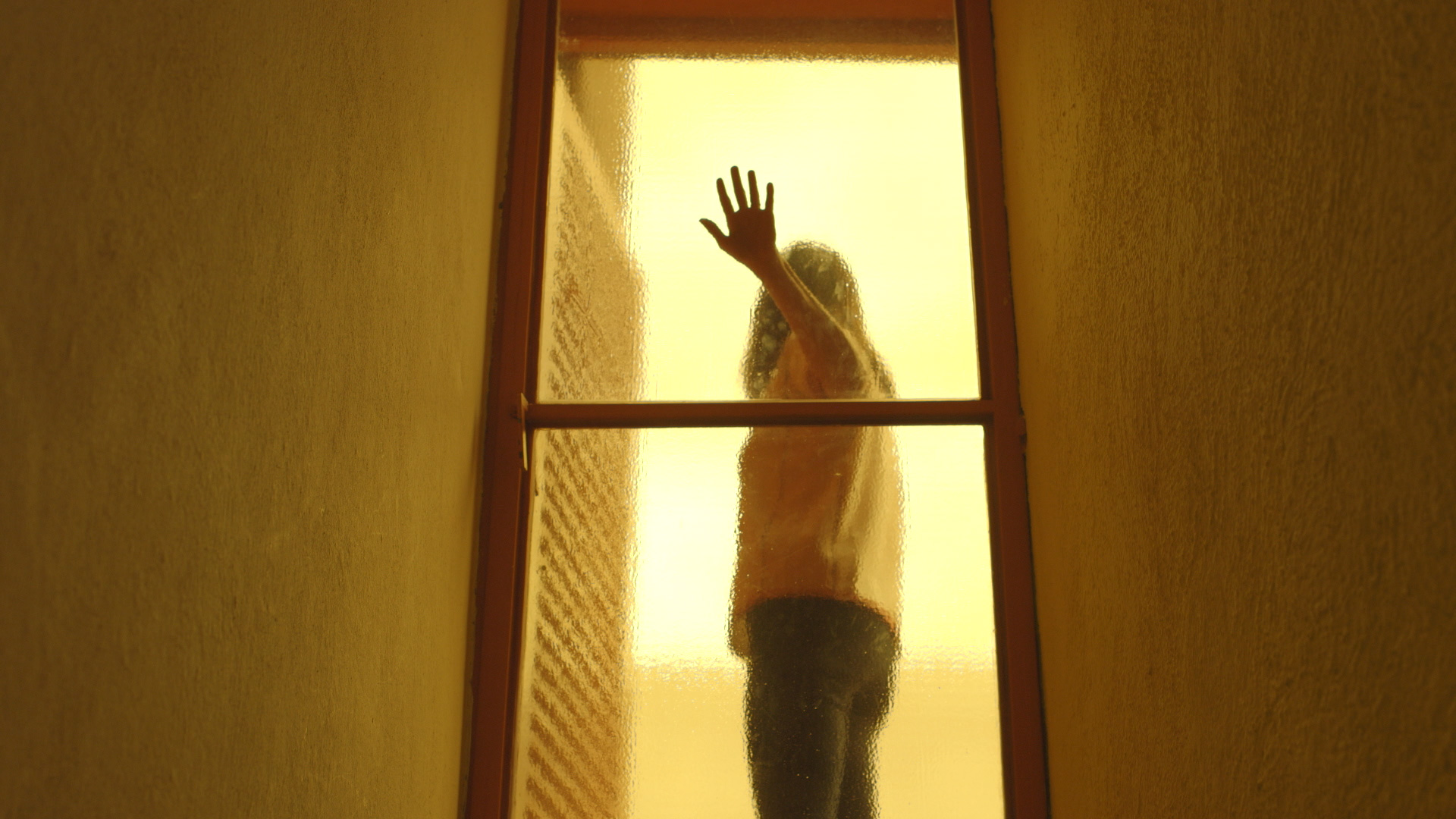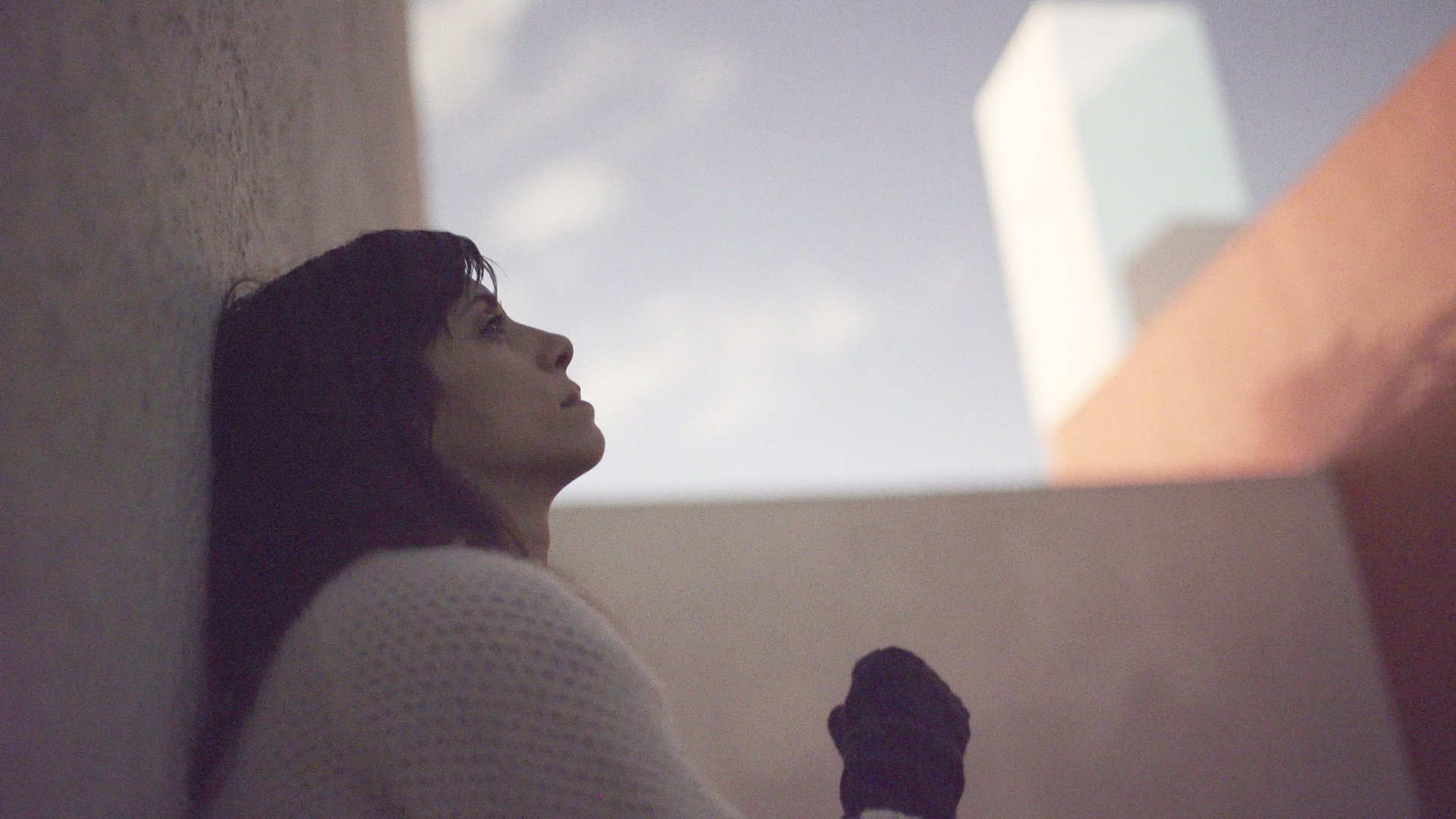Honestly, it’s a shame that many publications are offering full descriptions of the dizzyingly inventive ends artist Jill Magid goes to in her directorial debut, The Proposal. With all the attention paid to preventing dragon-filled TV shows and superhero flicks from being spoiled, you’d think critics would have spared at least a little care for one of the more narratively surprising documentaries in recent years. Hell, we feel bad even showing you the trailer.
Suffice to say, Magid practices in The Proposal what she has offscreen for much of her career. As with her multidisciplinary interrogations of the surveillance state (Article 12, Evidence Locker, Authority to Remove, etc.) and other systems of power, the conceptual artist pitches herself body and soul into the middle of an ongoing problematic exchange, playing with the odd collisions and newly found data she discovers as she crawls deeper down the rabbit hole.
In The Proposal, it’s intellectual ownership, corporality, love, art, and obsession that are up for her unique and often very confrontational treatment. Here, she fights for access to the archives of famed Mexican architect Luis Barragán, which are currently bound up in a very peculiar type of private ownership. Not to reveal too much, but as she grows closer to Barragán’s work—lovingly captured by her camera—and her quest to free his archives, we see what we have seen elsewhere in her works: the blossoming of a strange kind of physical and personal intimacy and the roots of obsession and love. Eventually, Magid’s attachment inspires a truly audacious, even shocking, solution—a high-concept surprise that makes for a wonderfully wild night at the theater.
We talked to Magid about The Proposal, her relationship to architecture, and why it’s only now that she has begun her feature-film career. Don’t worry: no spoilers ahead.
This film is as much about your relation to the spaces Barragán created as your relation to the creator himself and his archive. It’s a very aware exploration on how architecture touches minds. Can you trace your own early awareness of space and your earliest experiences with Barragán’s spaces?
Barragán’s architecture affected me viscerally. The experience of walking for the first time through his house and studio, now a museum and UNESCO World Heritage Site, inspired a strong desire in me to remain there, for days at a time, and write. Writing for me is a way to experience a space more deeply: I write myself into a space by observing it very closely. Barragán’s work is no doubt photographic—and I mean that literally—more than simply photogenic. He designed his work with photographs of it in mind. But it was, firstly for me, the way his house made me feel as I was moving through it. Inspired, meditative, quiet, conscious. I wanted the film to not only communicate what Barragán’s work looked like (and the legal challenges one faces when attempting to reproduce it), but to offer a sense of what it feels like to be in it.
I’m not sure when my own sensitivities to space began, although I assume like most people, from the beginning. But in college I was drawing my own architectural environments and buildings based on organic materials, like leaves or bunches of grapes. I’d draw them hyper-realistically, and then extend the veins for instance up out of the leaves into a series of arches. When I moved to NYC after college, I was trying to make these designs as bubbles—quiet, intimate sanctuaries—rising up off the abandoned or crumbling piers on the West Side. I have yet to realize those designs, but I continue to seek places out that contain that feeling. The glassed-in patio in the lobby of the Bowery Hotel is one of them.


